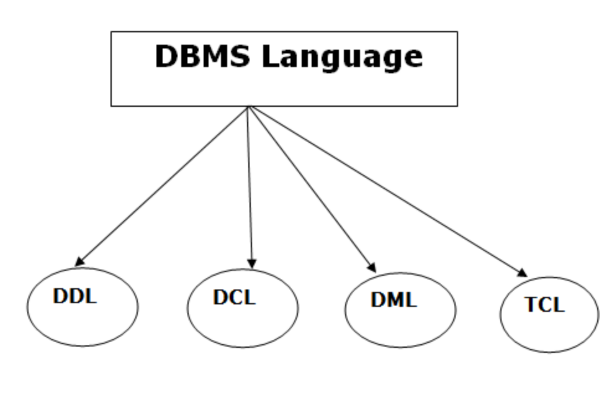What is a Database Language?
A database language is a computer language used to create, manipulate, and manage data in a DBMS. It allows users to interact with a database and perform various tasks such as creating tables, inserting data, querying data, modifying data, and deleting data. There are several types of database languages used in DBMS, each with its own syntax and functionality.
Types of Database Languages
- Data Definition Language (DDL)
Data Definition Language (DDL) is used to define the structure of a database, including creating tables, specifying data types, and defining constraints. DDL statements are used to create, modify, and delete database objects such as tables, indexes, and views.
Some examples of DDL statements include CREATE TABLE, ALTER TABLE, DROP TABLE, CREATE INDEX, and CREATE VIEW. DDL statements are typically used by database administrators and developers to create and modify the structure of a database.
- Data Manipulation Language (DML)
Data Manipulation Language (DML) is used to manipulate data in a database. It includes statements for inserting, updating, and deleting data in a table. DML statements are used by end-users to interact with the database and perform various tasks such as adding new records, updating existing records, and deleting records.
Some examples of DML statements include INSERT, UPDATE, DELETE, SELECT, and MERGE. DML statements are typically used by end-users to query and manipulate data in a database.
- Data Control Language (DCL)
Data Control Language (DCL) is used to control access to a database. It includes statements for granting and revoking privileges to users. DCL statements are used to manage user permissions and ensure that only authorized users have access to the database.
Some examples of DCL statements include GRANT, REVOKE, and DENY. DCL statements are typically used by database administrators to manage user permissions and ensure data security.
- Transaction Control Language (TCL)
Transaction Control Language (TCL) is used to manage transactions in a database. It includes statements for starting, committing, and rolling back transactions. TCL statements are used to ensure data consistency and integrity in a database.
Some examples of TCL statements include COMMIT, ROLLBACK, and SAVEPOINT. TCL statements are typically used by database administrators and developers to manage transactions in a database





Leave a Reply